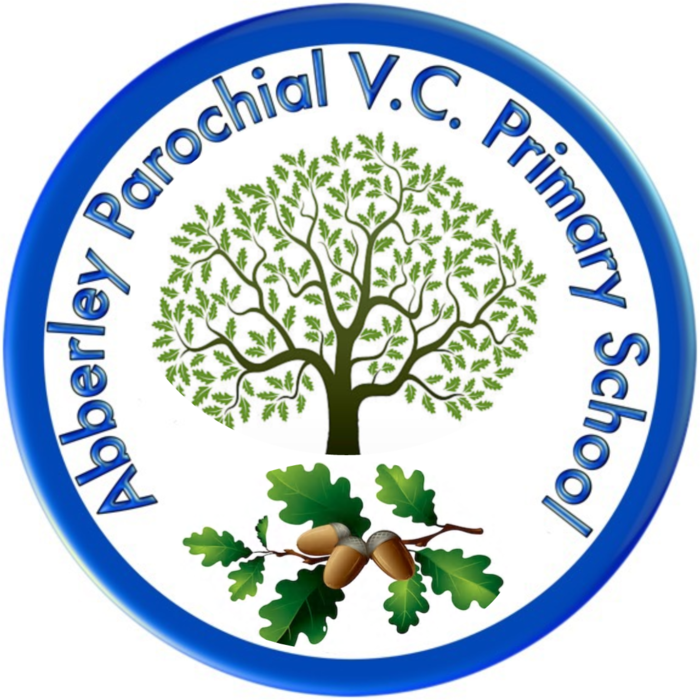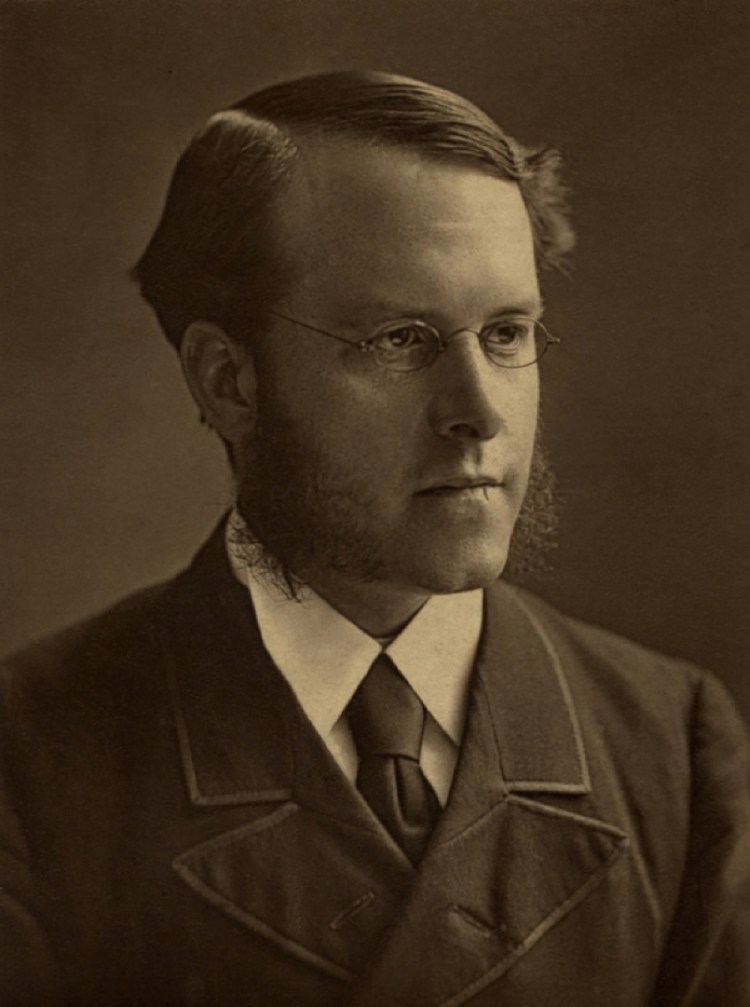Tuesday 9th June
English L.O: To explore and adapt a Victorian poem.Activity 1: Listen to Chapter 15 of 'The Stolen Sister' on the Learning --> Stories page of the website. Today, we are going to explore and adapt a famous poem of the Activity 2: Read 'What is Pink?' below.
The poem has a rather comical end as the poet suggests that there are no objects in nature that are orange but oranges! But I'm sure you can think of many things yourself that are orange in the world! (Remember to think of natural objects, not man-made objects) Activity 3: In your home learning books, list the colours mentioned in Rossetti's poem. Under each colour, list some objects in nature that are this colour (stick with the nature theme!) then have a go yourself at putting your colours and objects into a poem like Rossetti's. You may even go for a different theme than colours, perhaps shapes or emotions for example. Consider the presentation your poem. You might write your poem in the middle of your page and draw some beautiful, colourful pictures of the things you describe in your poem around the page. |
MathsYear 5 L.O.: To multiply fractions by integersActivity 1: Re-watch the demonstration video below for today's lesson.
Activity 2: Open up the file below titled 'Y5 Reasoning & Problem Solving' and complete either the Bronze, Silver OR Gold page. There are 6 questions for each level. Use the answers on page 4 to mark your work when you have answered all 6 qus.
Activity 3: Open up the file below titled 'Y5 Platinum Challenge' and complete either the Bronze, Silver OR Gold page. There is a page of questions for each level. Use the answers on page 4 to mark your work when you have answered all 6 qus.
Year 6 L.O: To convert fractions to percentages.Activity 1: Re-watch the demonstration video below for today's lesson.
Activity 2: Open up the file below titled 'Y6 Reasoning & Problem Solving' and complete either the Bronze, Silver OR Gold page. There are 6 questions for each level. Use the answers on page 4 to mark your work when you have answered all 6 qus.
Activity 3: Open up the file below titled 'Y5 Platinum Challenge' and complete either the Bronze, Silver OR Gold page. There is a page of questions for each level. Use the answers on page 4 to mark your work when you have answered all 6 qus.
|
History L.O: To explore the life of workhouse children and draw comparisons between our own.Earlier in the year, we briefly explored the life of a child in a Victorian workhouse. Today, I would like for us to find out a little more and draw comparisons between the life a workhouse child and our own lives today. Activity 1: Below, I have attached 3 sources of information which will support you in finding out a bit more about what life was like for a Victorian child in the workhouse. Use these 3 sources of information to fill in the table attached as a file below titled 'My Life or Workhouse Life'.
Activity 2 Thomas BarnardoA man called Dr Thomas Barnardo felt that workhouses were the wrong places for children and so from 1867 onwards, he led the way in setting up proper children’s homes. Conduct some research of your own into Dr Barnardo and bullet point as many facts about him and how he worked to help workhouse children during the Victorian period. |
P.E.At a time where we all find ourselves indoors for the most of the day, we should bear in mind how important daily exercise is for our health and wellbeing, particularly our mental health. If you are able to, take your device somewhere with plenty of space (even the garden on a nice sunny day) or clear some space in front of your computer and follow along with Joe Wicks for a 30 minute workout. I will definitely be doing the same! OR alternatively, Mrs Lightfoot has uploaded some very exciting links to other online PE sessions which you can access by following this link: Alternative P.E. Ideas
|

 Victorian period. The poem in question is called 'What is Pink?' and it was written by a woman called Christina Rossetti. Many claim her to be the greatest Victorian female poet. Before the Victorian era, there were very few famous female poets. However, during this era, many important female poets were born, such as Emily Bronte and Elizabeth Browning. Christina Rossetti was one of the most important female poets in the nineteenth century. She was viewed as a typical Victorian poet, who frequently wrote about love and faith.
Victorian period. The poem in question is called 'What is Pink?' and it was written by a woman called Christina Rossetti. Many claim her to be the greatest Victorian female poet. Before the Victorian era, there were very few famous female poets. However, during this era, many important female poets were born, such as Emily Bronte and Elizabeth Browning. Christina Rossetti was one of the most important female poets in the nineteenth century. She was viewed as a typical Victorian poet, who frequently wrote about love and faith. 